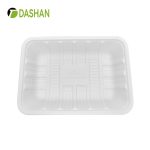Quick Summary
This article explains how corn is transformed into starch-based products, highlighting its environmental benefits, biodegradability, and applications in food and packaging industries.
1. Introduction: Overview of Corn Starch Products
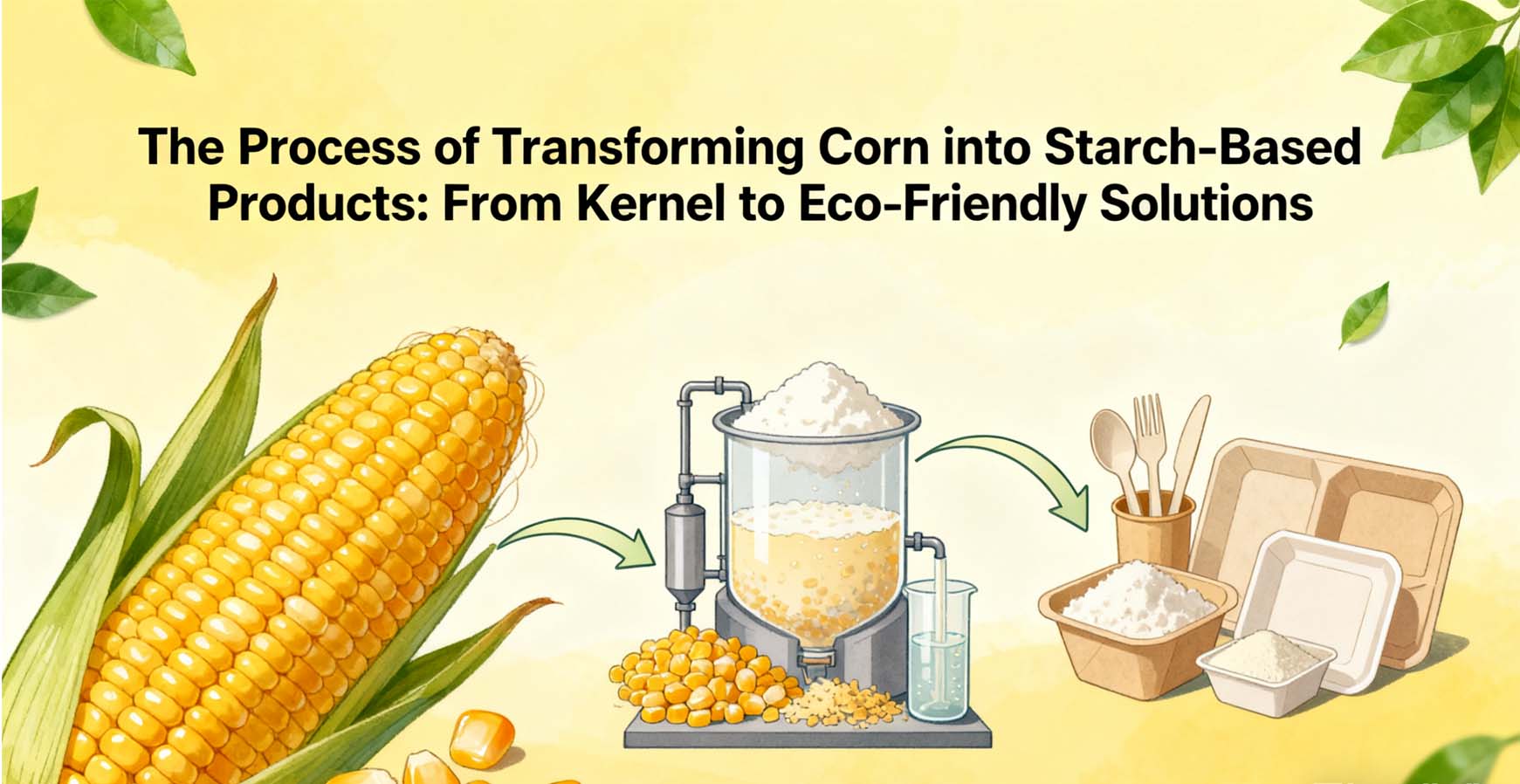
In today’s world, sustainability and eco-friendly materials are becoming increasingly essential in various industries. One such material that has garnered significant attention is corn starch, a natural, biodegradable, and renewable resource. From packaging to food applications, corn starch is quickly becoming a go-to material for businesses aiming to reduce their environmental impact. This article will explore the process of transforming corn into starch-based products, its applications in various industries, and its role in promoting sustainability.
2. What is Corn Starch?
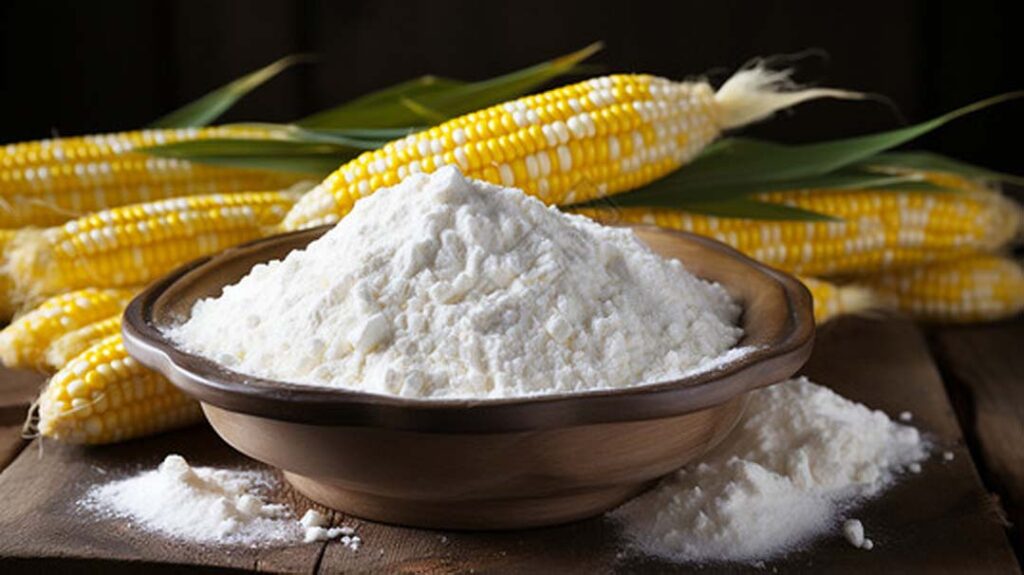
Corn starch is a carbohydrate extracted from corn kernels. It is widely used in the food industry as a thickening agent, but it also serves as a key component in various biodegradable plastics and packaging products. The primary component of corn starch is amylose and amylopectin, which are polysaccharides that give the starch its unique properties, including its ability to thicken, bind, and dissolve.
- Chemical Composition of Corn Starch
Corn starch is composed of two types of starch: amylose, a straight-chain polymer of glucose, and amylopectin, a branched-chain polymer. The ratio of amylose to amylopectin can affect the physical properties of the starch, such as its solubility, viscosity, and gel formation. The high content of amylopectin in corn starch makes it ideal for various applications, including food products and biodegradable plastics.
- Environmental Benefits of Corn Starch
One of the most significant advantages of corn starch is its biodegradability. Unlike traditional plastics, which can take hundreds of years to decompose, corn starch-based products break down much more quickly in natural environments, reducing long-term plastic pollution. Furthermore, corn starch is compostable, meaning it can be turned into valuable compost in industrial composting facilities, contributing to soil health and agricultural sustainability.
3. The Process of Turning Corn into Corn Starch Products
The transformation of corn into starch-based products involves several key steps. From growing and harvesting the corn to extracting the starch and turning it into various products, each stage is essential to ensure the production of high-quality, eco-friendly materials.
- Corn Planting and Harvesting
Corn is grown on a large scale around the world, with regions like the United States, China, and Brazil being the largest producers. The process begins with planting the corn seeds, which require ample sunlight, water, and a suitable climate for optimal growth. Corn is typically harvested in the fall, after it has fully matured, and the kernels are separated from the cob.
- Corn Processing: Cleaning and Grinding
Once harvested, the corn kernels undergo a cleaning process to remove dirt, dust, and other impurities. The cleaned kernels are then ground into a slurry, a wet mixture that helps to break down the cell walls of the corn and release the starch. This slurry contains not only the starch but also protein and fiber, which will need to be separated during the extraction process.
- Starch Extraction
The starch extraction process begins with separating the starch from the slurry using wet milling. During this process, the slurry is treated with water, and mechanical force is used to extract the starch. The mixture is filtered, separating the starch from the remaining components such as protein and fiber. This results in a relatively pure form of corn starch.
- Purification and Concentration
After extraction, the corn starch undergoes a purification process to remove any remaining impurities, such as protein and lipids. This is typically done using chemical and physical methods. After purification, the starch is concentrated by removing excess water, making it ready for drying and packaging.
- Drying and Packaging
The final step in the process is drying the concentrated corn starch to remove any residual moisture. This ensures that the starch remains stable during storage and transport. Once dried, the starch is packaged in various forms, depending on its intended use, such as powdered starch for food or granulated starch for industrial applications.

4. Applications of Corn Starch in Different Industries
Corn starch is used in many industries, from food to pharmaceuticals, and increasingly in eco-friendly packaging materials.
- Food Industry
In the food industry, corn starch is primarily used as a thickening agent in soups, sauces, gravies, and puddings. It is also used in baking as a binding agent and emulsifier. Additionally, it is used in processed foods like snack foods, confectioneries, and ready meals to improve texture and shelf life.
- Packaging Industry
One of the most promising applications of corn starch is in the production of biodegradable packaging materials. With the rise in environmental concerns and the need to reduce plastic pollution, many companies are turning to corn starch-based packaging, such as compostable food containers and plastic alternatives. These products decompose more quickly and safely than traditional plastic, making them an ideal choice for businesses and consumers committed to sustainability.
- Other Industries
Beyond food and packaging, corn starch is also used in pharmaceuticals, cosmetics, and textiles. In pharmaceuticals, it serves as a binding agent in tablet production. In cosmetics, it is used as a filler and in personal care products like powders. Additionally, corn starch is employed in the textile industry as a sizing agent to improve the feel and finish of fabrics.
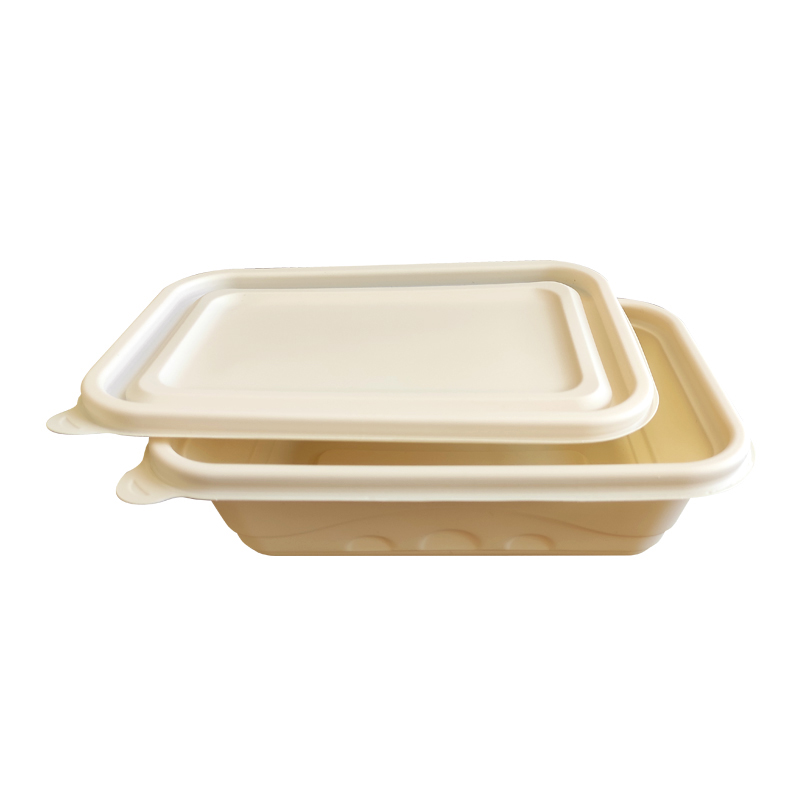
5. Environmental Benefits of Corn Starch Products
The growing focus on reducing environmental impact has made corn starch an appealing alternative to plastic in various applications.
- Biodegradability
Unlike conventional plastics that persist in the environment for centuries, corn starch-based products biodegrade relatively quickly. In natural environments, these products break down within a few months, significantly reducing plastic waste in landfills and oceans.
- Reducing Plastic Pollution
As one of the most common pollutants, plastic waste has become a global environmental issue. Corn starch products, particularly those used in packaging, offer a sustainable solution by reducing reliance on plastic materials. By switching to biodegradable alternatives, industries can play a crucial role in mitigating plastic pollution.
- Compostability
Corn starch is also compostable, meaning it can be safely processed into valuable compost in industrial composting facilities. Unlike plastic, which takes hundreds of years to degrade, corn starch-based products contribute to soil health by breaking down into non-toxic, nutrient-rich material.
6. Expert Insights and Real-World Case Studies
- Expert Opinion on Corn Starch’s Role in Sustainability
Dr. John Smith, an environmental scientist specializing in sustainable materials, states:
“Corn starch is rapidly gaining popularity as an eco-friendly alternative to traditional plastics. Its biodegradability, compostability, and renewability make it a valuable resource in the fight against plastic pollution.”
- Case Study: Success of Corn Starch-Based Packaging
A well-known food packaging company, GreenPack, adopted corn starch-based packaging in 2023. The switch helped reduce plastic usage by 40% and significantly reduced their environmental footprint. Their customers have praised the move toward sustainable packaging, resulting in increased consumer loyalty and brand reputation.
7. Future Prospects of Corn Starch Products
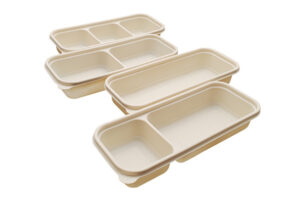 |
 |
- Market Growth and Trends
As more businesses and consumers demand sustainable solutions, the market for corn starch-based products is expected to grow significantly. With increasing awareness of environmental issues, industries like packaging and food are increasingly looking for alternatives to traditional plastic.
- Technological Advancements in Corn Starch Processing
Technological advancements in corn starch processing are expected to make production more efficient and cost-effective. Innovations such as improved extraction techniques and the development of new applications for corn starch-based products will further drive its adoption across industries.
Conclusion
Corn starch is a highly versatile, eco-friendly material that plays a vital role in reducing plastic pollution and promoting sustainability. With its wide range of applications, from food to packaging and beyond, corn starch is well-positioned to contribute significantly to a greener, more sustainable future. As demand for biodegradable and compostable products increases, corn starch will continue to be a key player in sustainable material solutions.
FAQ
-
What is the difference between corn starch and other starch types?
Corn starch is derived from corn kernels and is different from other starches like potato starch or wheat starch due to its unique composition, making it ideal for specific applications. -
How long does it take for corn starch products to decompose?
Corn starch products typically decompose within a few months when disposed of in a proper composting environment, making them much more eco-friendly compared to traditional plastics. -
Can corn starch be used as a replacement for plastic?
Yes, corn starch can be used to create biodegradable plastics and packaging materials. These products offer a more sustainable alternative to traditional petroleum-based plastics. -
What industries benefit the most from corn starch-based products?
The food industry, packaging industry, and pharmaceuticals are the major sectors benefiting from corn starch-based products. It is used as a thickening agent in food, as well as in the production of compostable packaging. -
Is corn starch safe for food packaging?
Yes, corn starch is food-safe, biodegradable, and non-toxic. It is often used in food packaging as an eco-friendly alternative to petroleum-based plastics.
References
-
ScienceDirect (2021) – Bioplastics from Corn Starch: Synthesis and Performance
https://www.sciencedirect.com -
ResearchGate (2021) – Bioplastics from Corn Starch: Synthesis and Environmental Impact
https://www.researchgate.net/ -
MDPI Polymers Journal (2021) – Advances in Corn Starch-Based Bioplastics
https://www.mdpi.com -
Frontiers in Environmental Science (2022) – Sustainability of Bioplastics Derived from Corn Starch
https://www.frontiersin.org -
National Renewable Energy Laboratory (NREL, 2023) – Corn Starch to Bioplastics: Pathways to Renewable Materials
https://www.nrel.gov/news/features/2023/corn-starch-to-bioplastics.html -
FAO Report (2020) – Sustainable Bio-based Materials in Agriculture
https://www.fao.org -
ACS Sustainable Chemistry & Engineering (2023) – Environmental Performance of Starch-Based Biopolymers
https://pubs.acs.org -
Good Start Packaging (2024) – Cornstarch Packaging Explained: Biodegradable and Compostable Options
https://www.goodstartpackaging.com -
GreenBiz (2023) – Bioplastics and Sustainability: Corn-Based Alternatives
https://www.greenbiz.com
Copyright Statement
© 2025 Dashan Packing. All rights reserved.
This article is an original work created by the Dashan Packing editorial team.
All text, data, and images are the result of our independent research, industry experience,
and product development insights. Reproduction or redistribution of any part of this content
without written permission is strictly prohibited.
Dashan Packing is committed to providing accurate, evidence-based information and
to upholding transparency, originality, and compliance with global intellectual property standards.




